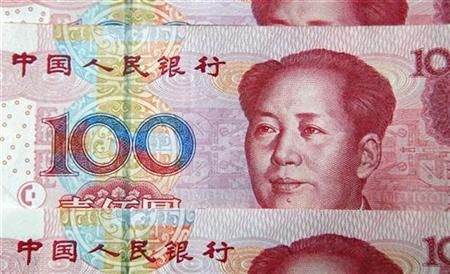China's Manufacturing Activity Stabilizes In Sept: HSBC PMI

China's manufacturing activity stabilized in September compared to August, according to the preliminary HSBC Flash Purchasing Managers Index (PMI) released Thursday.
The preliminary reading of the PMI, a measure of the nationwide manufacturing activity, rose to 47.8 in September compared to 47.6 in August.
“China’s manufacturing growth is still slowing, but the pace of slowdown is stabilising. Manufacturing activities remain lacklustre, thanks to weak new business flows and a longer than expected destocking process. And this is adding more pressures to the labor market and has prompted Beijing to step up easing over the past weeks. The recent easing measures should be working to lead to a modest improvement from 4Q onwards,” Hongbin Qu, chief China economist and co-head of Asian economic research at HSBC, said in a note.
There have been fears of a hard landing after data showed in July that China's economy slowed down to 7.6 percent in the second quarter, down from 8.1 percent in the first quarter. Beijing is targeting a growth rate of 7.5 percent this year. In 2011 and 2010, the economy grew 9.2 percent and 10.4 percent respectively.
Beijing's goal this year will be to promote a steady and robust economic development, keep prices stable and guard against the financial risks by keeping money and credit supplies at appropriate levels while being cautious and flexible. China's investment-driven economic model, though successful for decades, is no longer seen as sustainable with the consensus being that reforms will be needed to prevent a sudden downturn.
The continuing debt crisis in Europe and the tentative U.S. recovery have hurt the demand for exports, the key driver of China's economy. The International Monetary Fund has warned that escalation of the euro zone debt problems could slash China's 2012 GDP growth in half.
Earlier this month, China reported a trade surplus of $26.66 billion in August amid the slower-than-expected growth in exports and imports, raising concern that the world's second largest economy isn't doing enough to stimulate the economy and avert a slowdown.
Exports advanced just 2.7 percent in August compared to that in the same month last year, up from 1 percent in July. Imports dropped 2.6 percent in August compared to that in the same month last year, down from 4.7 percent rise in July.
© Copyright IBTimes 2024. All rights reserved.





















